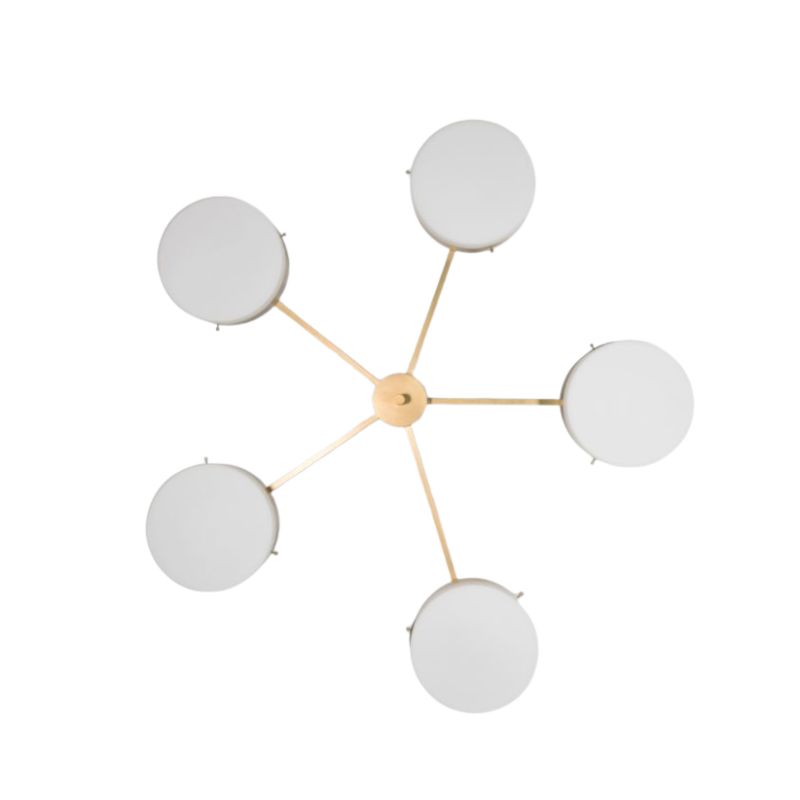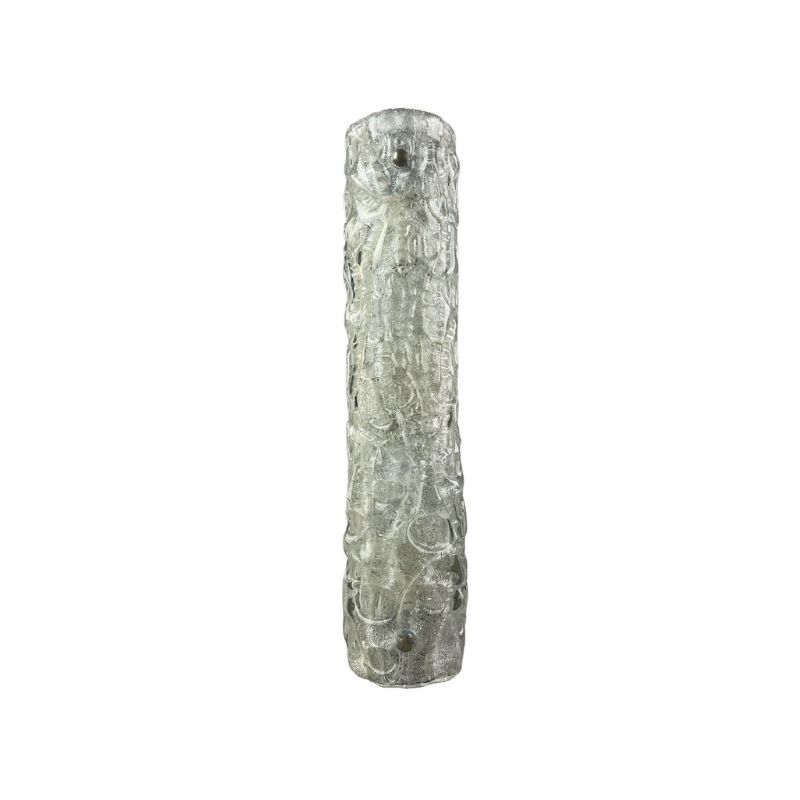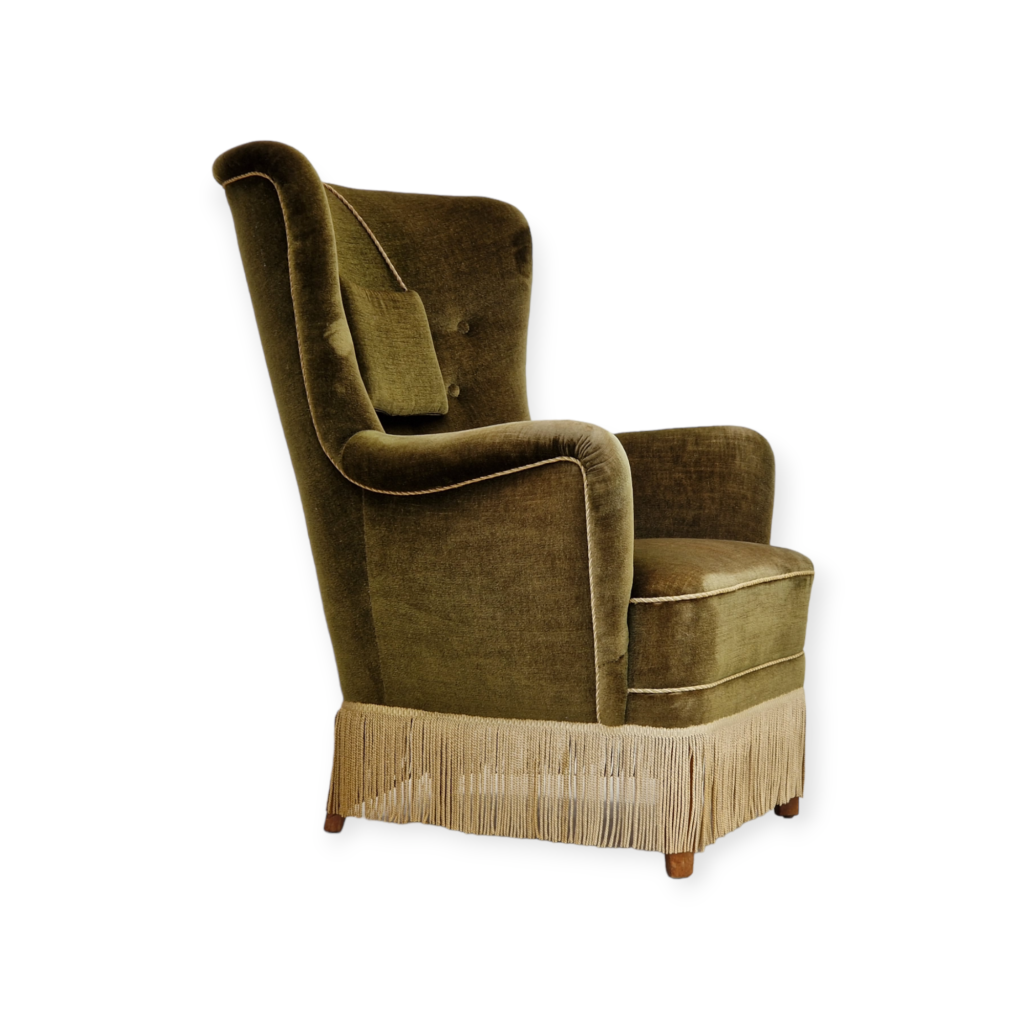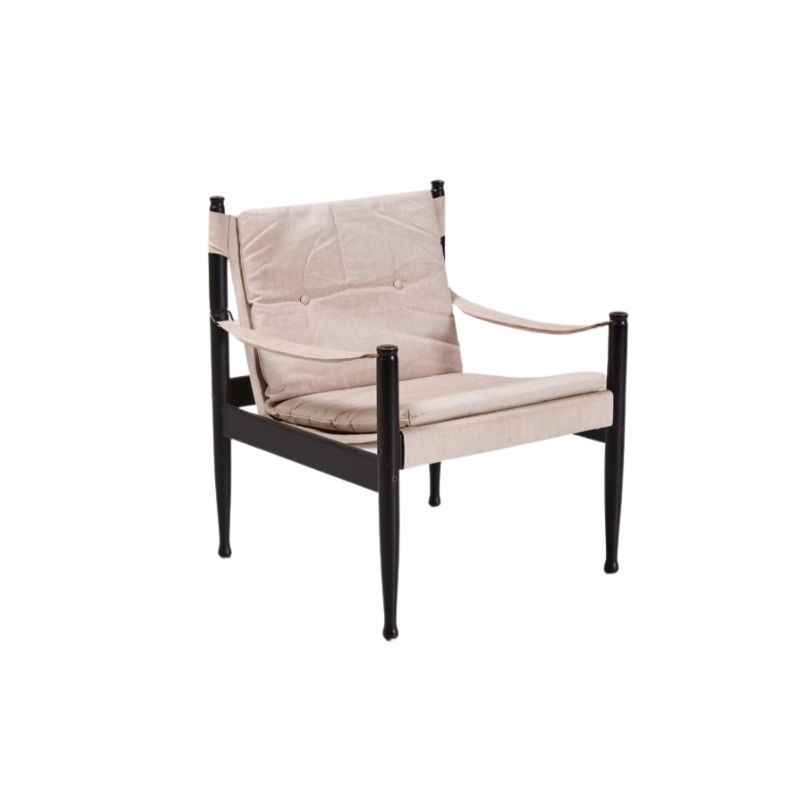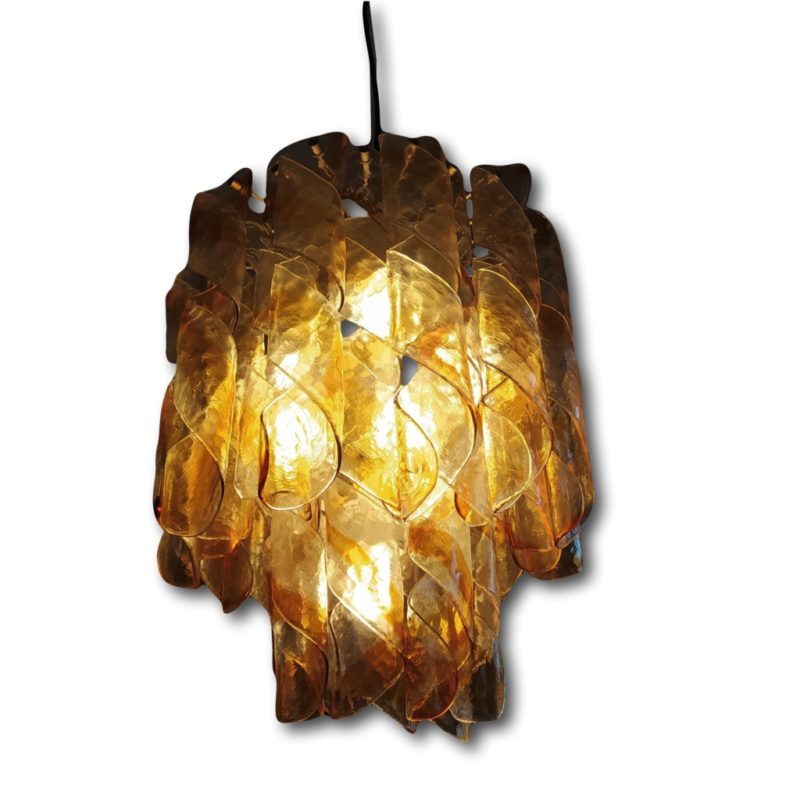I've resisted making this post for quite some time, because I went on a brick bat diet. But...
Aren't the wire legs and struts too busy and incongruous aesthetically on this very admired chair by the Eames?
Yes, there is some symmetry and elegance of design in these legs and struts, if you decide to make legs this way in the first place. But what a strange, unnecessarily complicated way to build legs under this very simple chair!
Would anyone care to explain why the Eames decided to go with such an extraordinarily complicated solution to providing a chair with four contact points on the floor? Couldn't four legs have done the job much more simply, elegantly and efficiently?
Was this an example of being different for the sake of being different?
I have always wondered what t...
I have always wondered what the purpose of this is. While I have been known to describe a modernists' love for function as beauty, please know that it is an intentional blanket statement. The Ten Commandments cannot always be kept, or there is a danger of repetitiveness and the lack of free thought and creativity.
I actually consider this base to be my favorite, only rivaled in my mind by the dowel base.
I can remember even as a child I would love to watch the towers that held power lines in the back seat as the family car would zoom by. My favorite part was going around the bend where the towers would line up in single file, causing them to blend together, and creating visual chaos.
The photos that Charles and Ray took of the eiffel wire chairs recreated this for me when I discovered it as an adult. I guess I could say I love this design for sentimental reasons. With this design, in my opinion, the more the better. I only like them in black, because the contrast causes even more visual chaos in an otherwise clean environment.
It is, however, an interesting question. Throughout all the Eames books I have read (just about all of them) I never recall reading an explanation for this. I think even "Eames Design" just lists it as an option, but I will check.
To me
it is highly intellectual "play": how slender can the wires be and still support the chair ? (This might be a form of economy, though I suspect there is more metal here than in four simple tubular legs.) I also agree that there is a pleasing contrast between the base and the shell.
It is an example of design "wit" to have produced a series of different bases to support the universal shell seat, I think. There is nothing like the beginning of a movement, for providing the cream of virtuosity, the best examples of what will become a long-lasting school of thought.
was it allways in chrome or...
was it allways in chrome or were the originals (back in the fifties-sixties) purely in black?
i do like these a lot more in black, i have to say. it makes the design even more graphic and slender in contrast to the organic shell. the chrome is somewhat 'slower', softer, doesn't have quite the edge to it.
There was originally white,...
There was originally white, black, and chrome ... just like the Bertoias. People also occasionally mismatched them.
I like the idea of it being intellectual play. I can see that with the Eameses. I have seen many photos of the adult couple at child's play, wearing costumes, building playhouses etc.
I also love the universal shell with so many options. The other day someone came over and thought I had some new chairs because I had swapped out threes chairs' bases. I had an armshell rocker, DKR-2 (wire bikini chair on eiffel base), and a sideshell swivel desk chair. The day earlier I had three completely different chairs. It's a brilliant ploy to create interaction with the end user, promoting the idea of user as "designer." I can't think of another designer so genius in the area of user and designer interaction.
The Eameses had a few other good examples of this: The ability to fold their first sofa design and take it apart easily and intuitively, the film explaining the ease of assembly for the lounge + ottoman, the herman miller boxes with graphic instructions encouraging children to reuse it to construct a playhouse, I'm sure there are more.
The base idea is possibly the most brilliant and rewarding.
.
I have a white vinyl coated basket weave top,with a zinc plated wire tower base it "reads" as whole.Whitespike, I bet you like industrial objects from around the turn of the century?I suspect a functional reason would be given by Eames for this base...but I cant see any structural reason at this scale...its just fine design,and thats enough.
the Beloved,
that picture is what I was imagining. But instead of using a matrix pattern in the shell, carrying some of the leg frame pattern into the chair shell itself...the way Konstantin Grcic did in his well known chair.
And while I am on Grcic, studying Eames shell chair and noting the solidity of its shell, in juxtaposition with the airy complexity of its metal base, suggests a possible inspiration for Grcic's chairs pictured below.
Bob Dylan, as I have written before, talked about how he often took old songs that he admired and tried to invert them in order to achieve something fresh and new, admitting this of course only at the end of his career in his autobiography called "Chronicles."
Comparing Grcic's frame chair with its solid base and the Eames' chair with the solid shell reveals a rather remarkable example of inversion of concept. This in no way is meant to lessen the excellence and originality of Grcic's work. Inverting concepts is certainly fair play in the creative act. And more than likely it was unconscious.
Interestingly, Grcic's frame shell chair with the straight frame legs instead of the solid, flat-topped conic base suggests why the Eames chose to combine a solid shell with an airy frame base. Grcic's solid base chair is much more appealing aesthetically to me than the chair with the frame legs, because the solid region gives y eyes an anchor, or focal point of visual simplicity, for my eyes to orient comfortably from in their exploration and savoring of the complexity of the frame. The Eames apparently sensed the same visually pleasing affect in their chair. But at the time of the Eames work, the part of the form language and aesthetic idiom of modernism was inverted mass used to contribute a sense of neutral bouyancy. In contemporary modernism, or post modernism, or however one wishes to categorize Grcic's work, there is no precept for neutral bouyancy. There is instead a predilection for the illusion of groundedness, heaviness. Today's design is often not about space, but about surface and weight.
But, apparently, whether a designer strives for space and neutral bouyancy, as with the Eames, or form and weight as with Grcic, juxtaposing solidity with complexity pleases the eye and helps it enjoy both the curvilinearity of solidity and the angular linearity of metal lattice contruction evidencing what ever geometric patterns.
let me simplify and ungarble the above...
the first Grcic chair with the frame legs shows a non grid coordinate approach to a chair shell.
the first Grcic chair with the frame legs also shows the problem of NOT juxtaposing solidity with air complexity. The legs become discontinuities of geometric form with the geometry of the shell, rather than strong, pleasing visual counterpoints.
the second and third pictures above show Grcic's contemporary inversion of the Eames chair, whether done consciously, or not.
thought as Borges said, is a labyrinth, and sometimes the first cut at thinking through something is pretty convoluted. consider it an expression of my mind laboring to understand. consider this what i meant. please accept my apologies.
I admire the eiffel with the...
I admire the eiffel with the shell, don't much like the wire counterpart. Don't care at all for chair period with the cat's cradle base. Don't mind the H base, can't stand the stacking base, as it makes the shell seem almost excluded, an afterthought.
The eiffel really sets the shell off. More than a contrast, it just to me seems right - maybe you can combine a good porterhouse with a fine white. The 'why' of this seems difficult to get to, but I really liked what Whitespike had to say about the geometry.
The eiffel base Eames shell chair reminds me of my cousin, who on a field trip to the Sheldon Art Gallery one day when we were young brats - arriving at a particularly indefinable abstract - stretched out his arm to a fist, held up his thumb, and looking over the top of it, one eye open, one shut, said with just the slightest tone of cold and perfect attitude, "bold yet subtle, subtle yet bold".
If you need any help, please contact us at – info@designaddict.com



